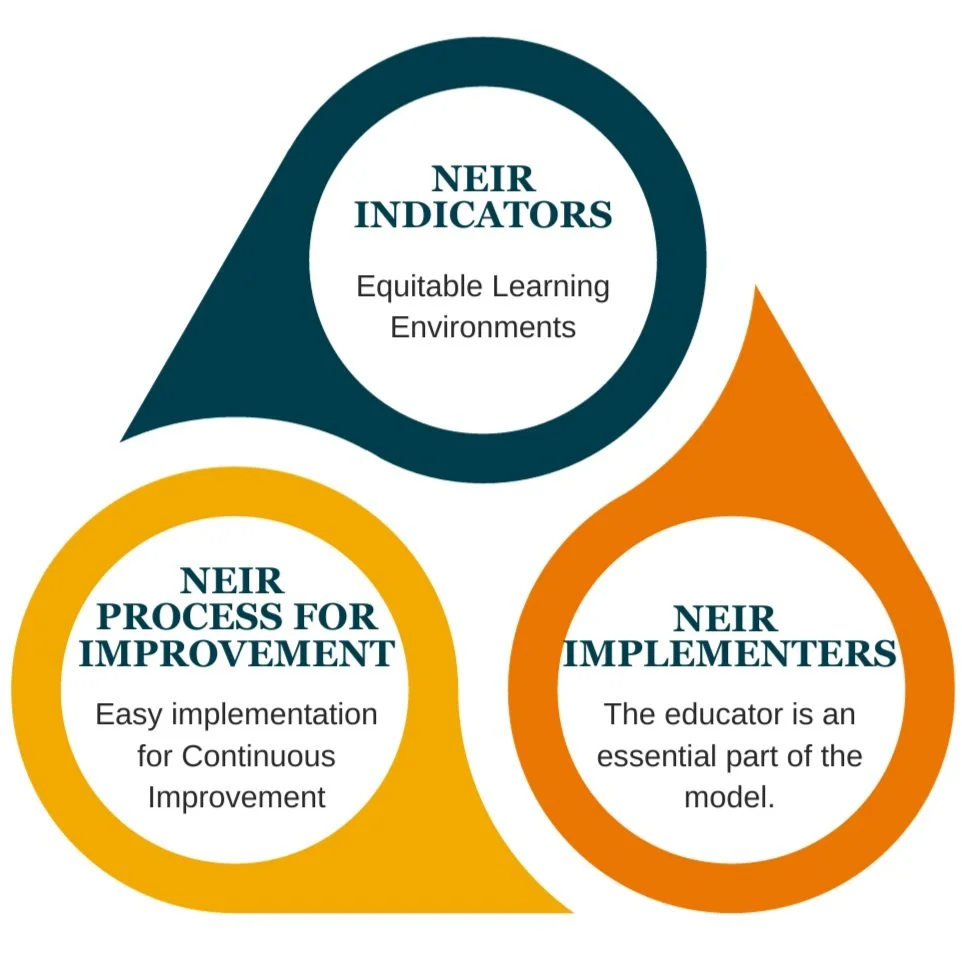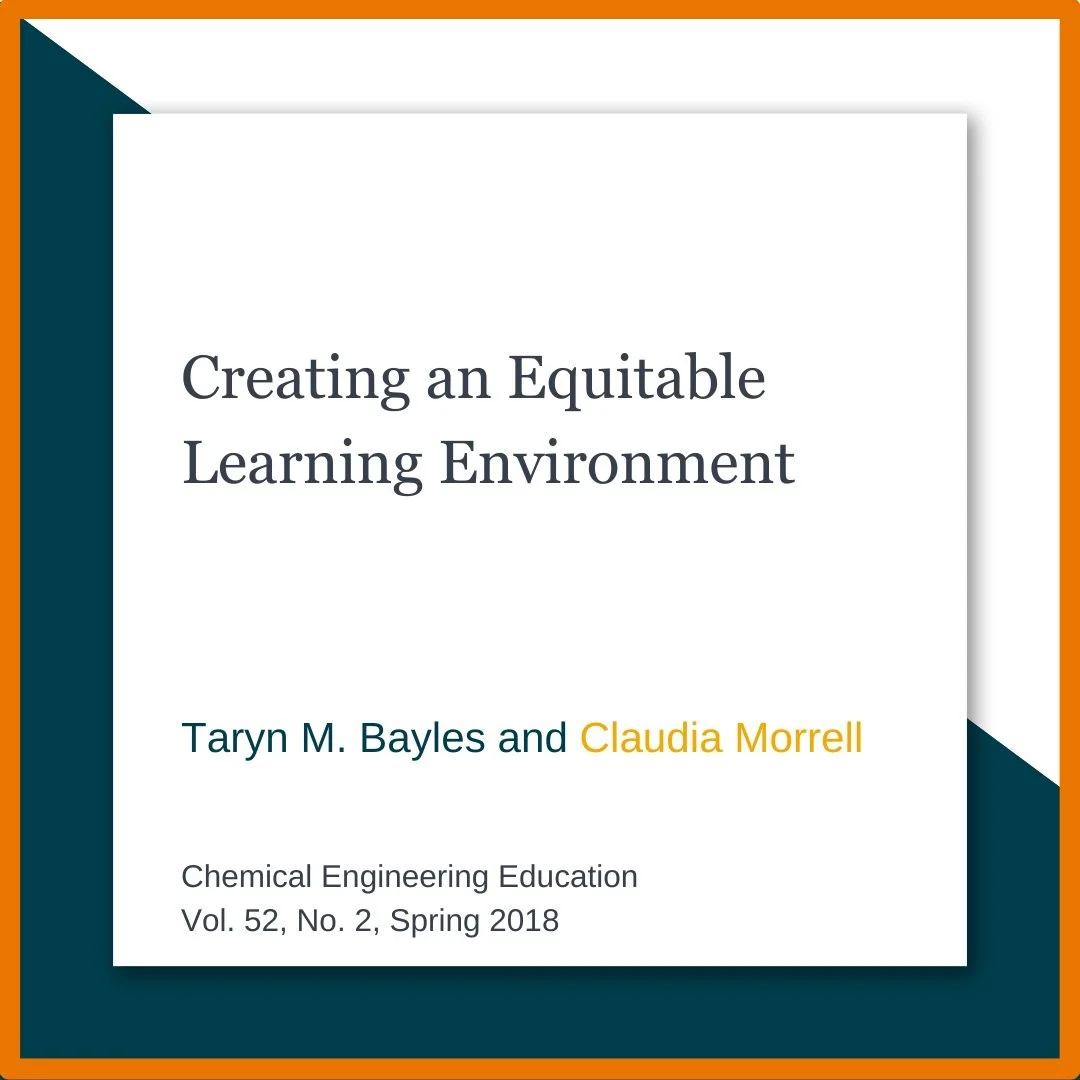Our Work
Educational Equity
For SEI, educational equity means:
We see the whole student in the "education equation," including gifts, talents, deficits and challenges.
Continuous measurement of improvement of the environment and students’ reaction to it to make sure our efforts benefit every student academically, socially, and personally.
Our efforts serve the needs of every child and are embedded in our curriculum content, pedagogical practice, affective development, and schoolwide interactions.
Equity in education means we are role models for caring for our students, our colleagues, and our community.
Equal access to resources does not create the equitable student experiences required for learning. Equity addresses the students’ cultural, physical, social, emotional, and community experiences that they carry with them into the classroom. These experiences affect their wellbeing and ability to learn.
Educators today are often unaware of the multiple intersecting factors that can marginalize students and create barriers to their engagement in learning. This has led to too few students becoming interested in career and technical education (CTE) and science, technology, engineering and mathematics (STEM) courses, programs, or career pathways to meet current and future workforce demands. U.S. student performance in science and mathematics core subjects remains behind many other developed and some developing countries, which impacts students’ ability to secure high paid, high skill, high demand CTE and STEM jobs that support their families and communities.
Equitable Learning Environment
Experiencing an equitable learning environment is the required foundation for any student to achieve the best outcomes in their human development and ultimately access to the wide range of potential life outcomes (academic, economic, social, professional, personal…) awaiting them.
Creating an equitable learning environment requires a belief that students are whole people with academic, social, and personal assets and deficits (as true of us all) who deserve to enjoy fulfilling and safe learning environments that enable them to achieve their full potential. In an equitable learning environment, all participants examine learning through the lens of the student (receiver) rather than the educator (sender) to identify the elements needed to achive their experienced success.
NEIR Model
STEM Equity Initiative’s NEIR Model is a three-part systemic change model that identifies and uses leverage points in the education system to create or further develop equitable learning environments (ELEs) to benefit any student. The model is based upon decades of quality, multidisciplinary research- and practice-based evidence in secondary and post-secondary STEM classrooms and schools. The three parts of the NEIR model are the Indicators, the Improvement Process, and the Implementers.
NEIR Indicators
Normalize
Educational experiences connect students to previous “lived” experiences and feel relatable and comfortable to students.
Empower
Students are assets in their classroom. They have agency and independence to build self-efficacy. They are responsible for and recognized for their own learning and the learning of others.
Inclusive
Educators are aware of and responsive to the ways that students are marginalized by our current education system and educators’ and students’ explicit and implicit bias (positive and negative).
Relevant
Students experience “relatedness” with their teachers and a learning relevant to their lives through direct connections to their community, their country and the world and an appreciation of diverse cultural experiences.
Recent Blog Posts for all Educators
Publications
Some current and former clients















